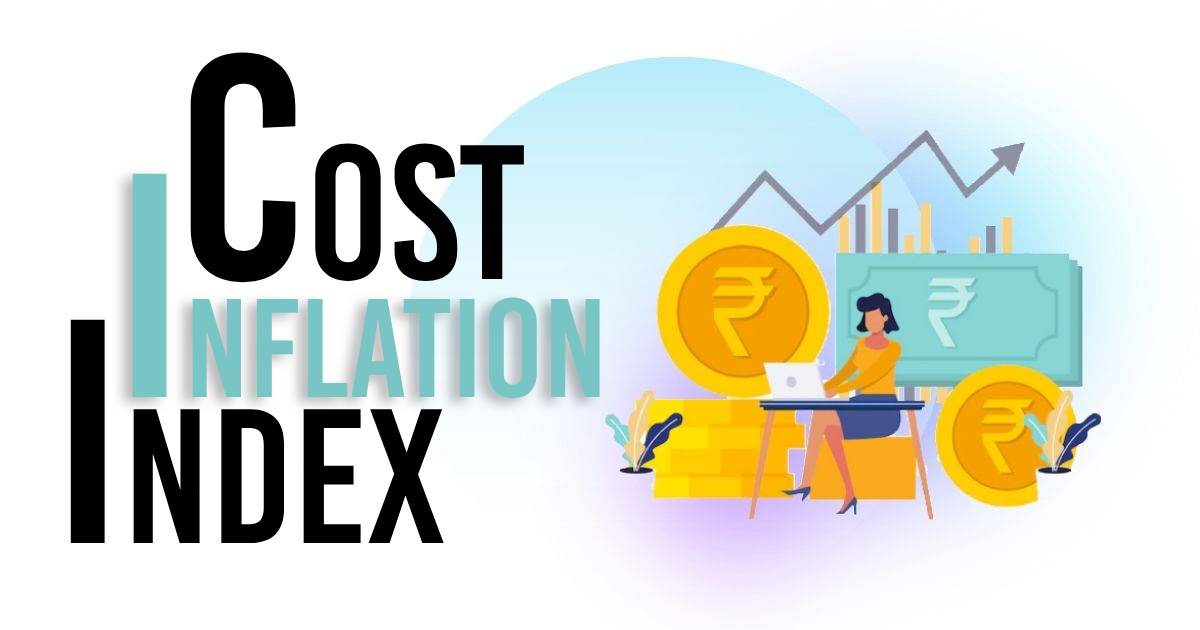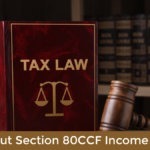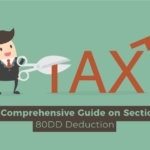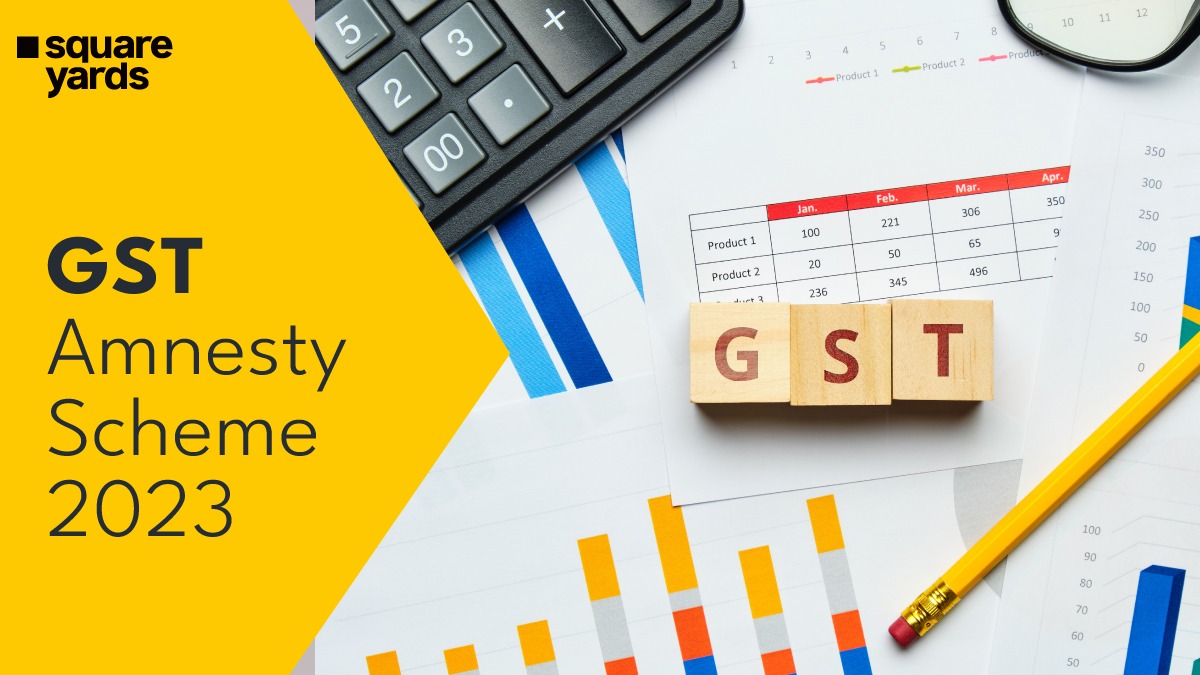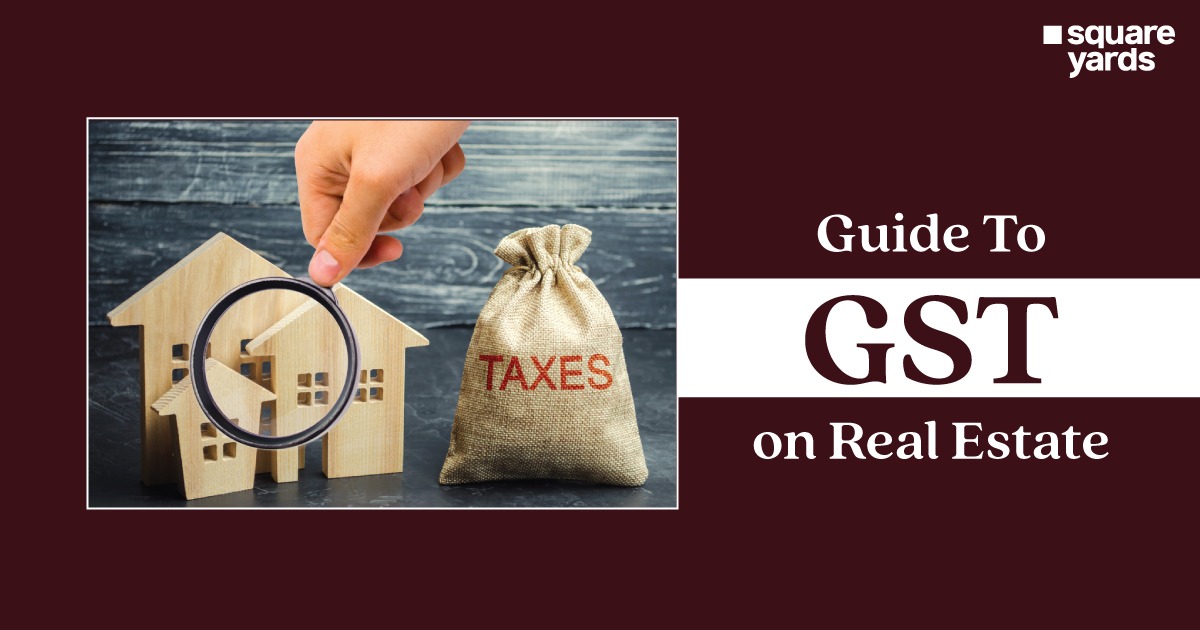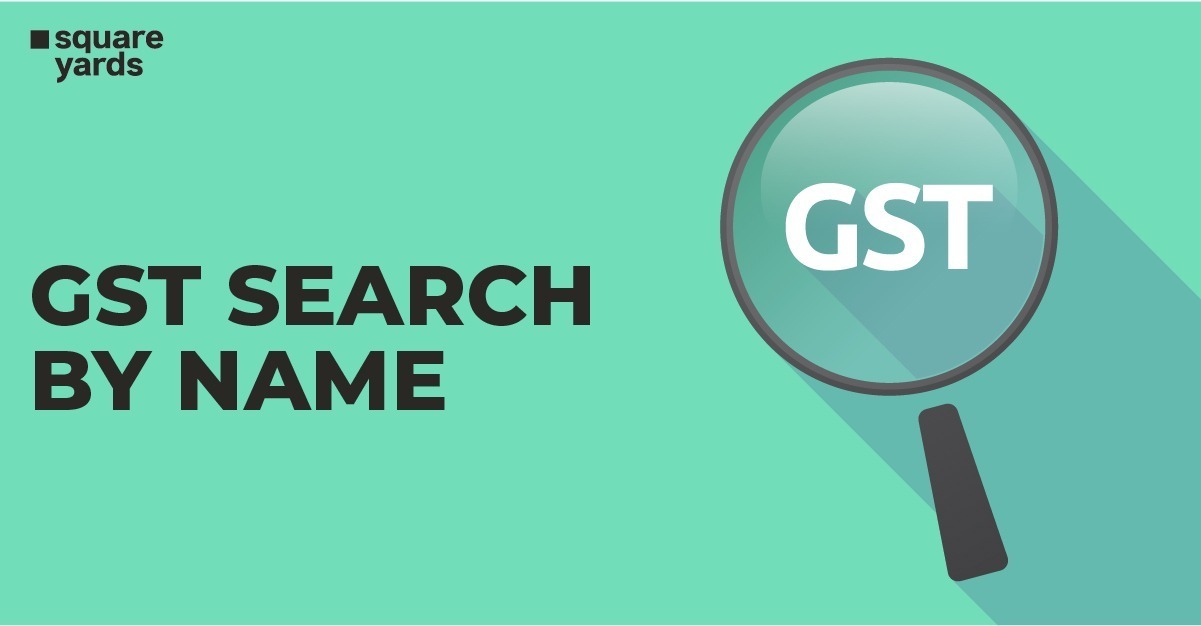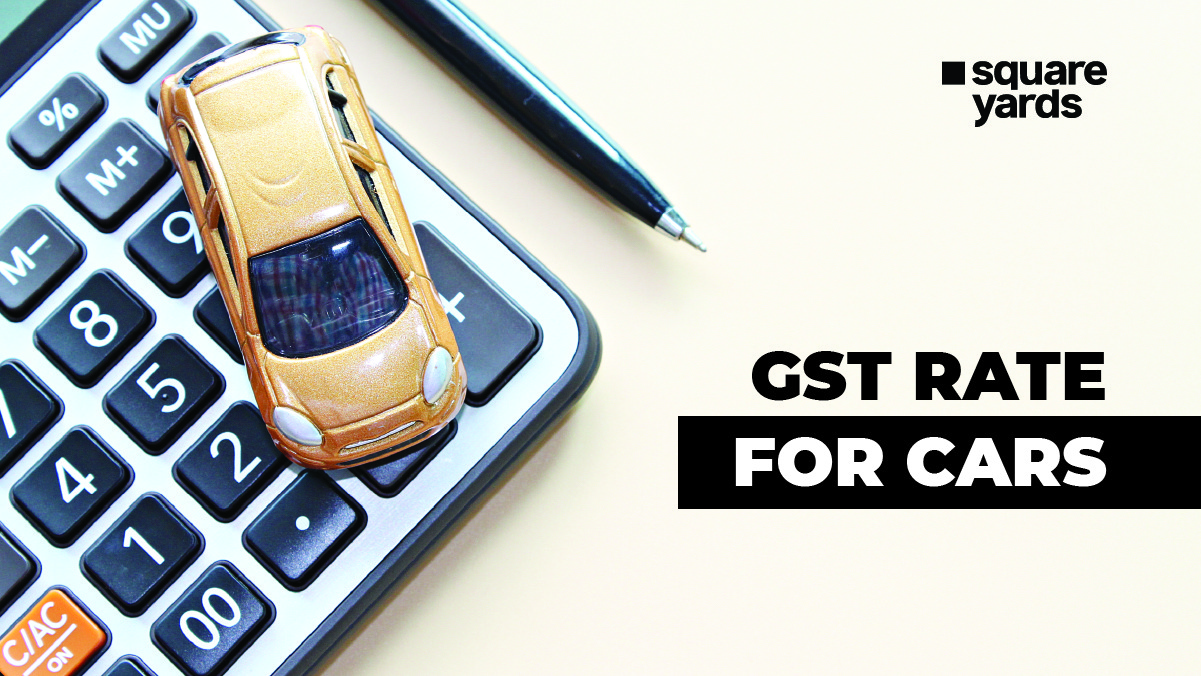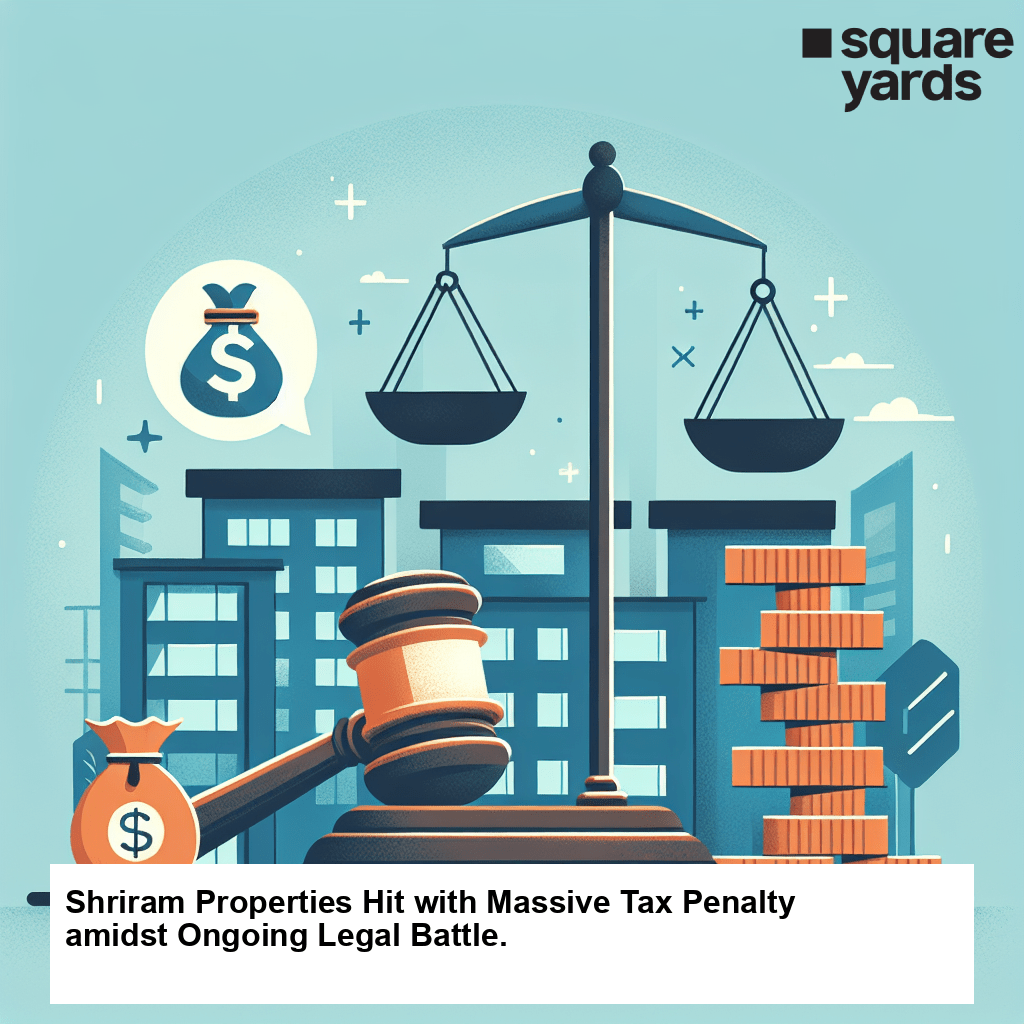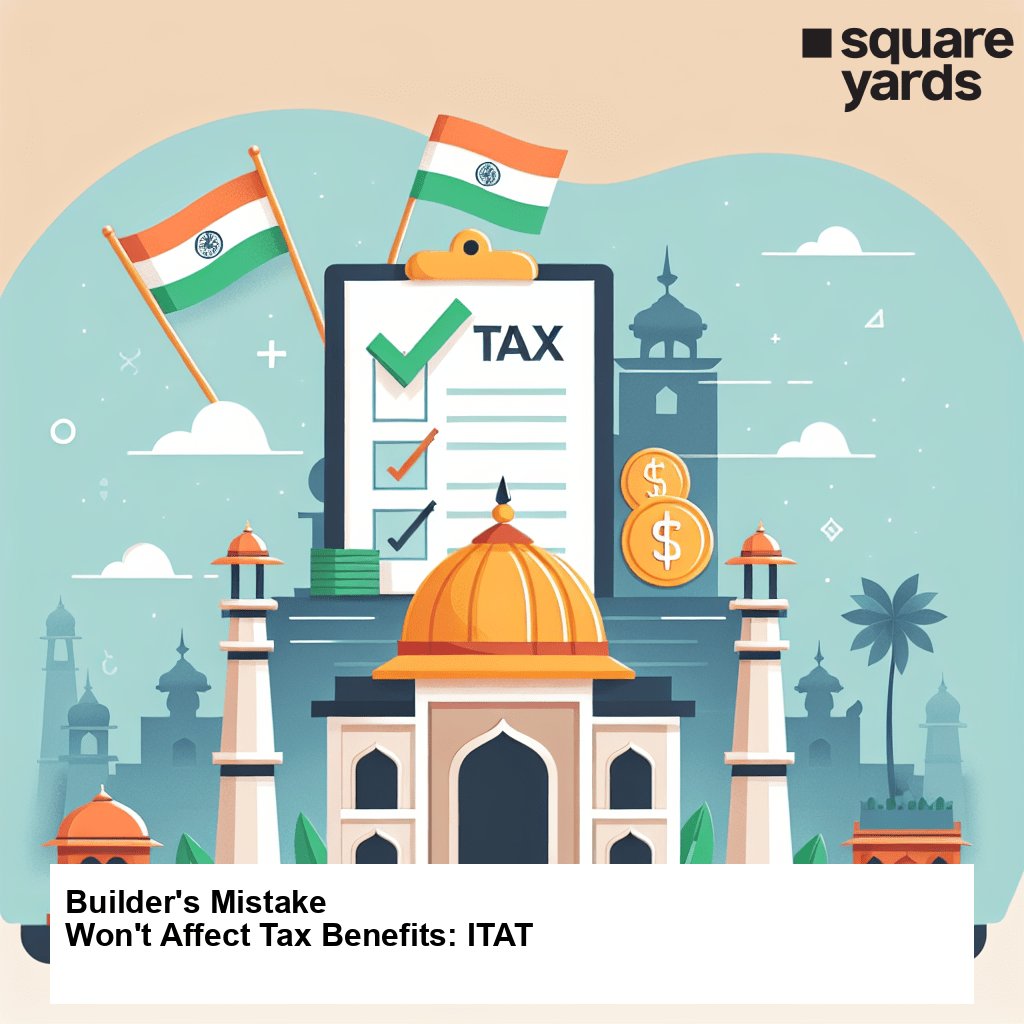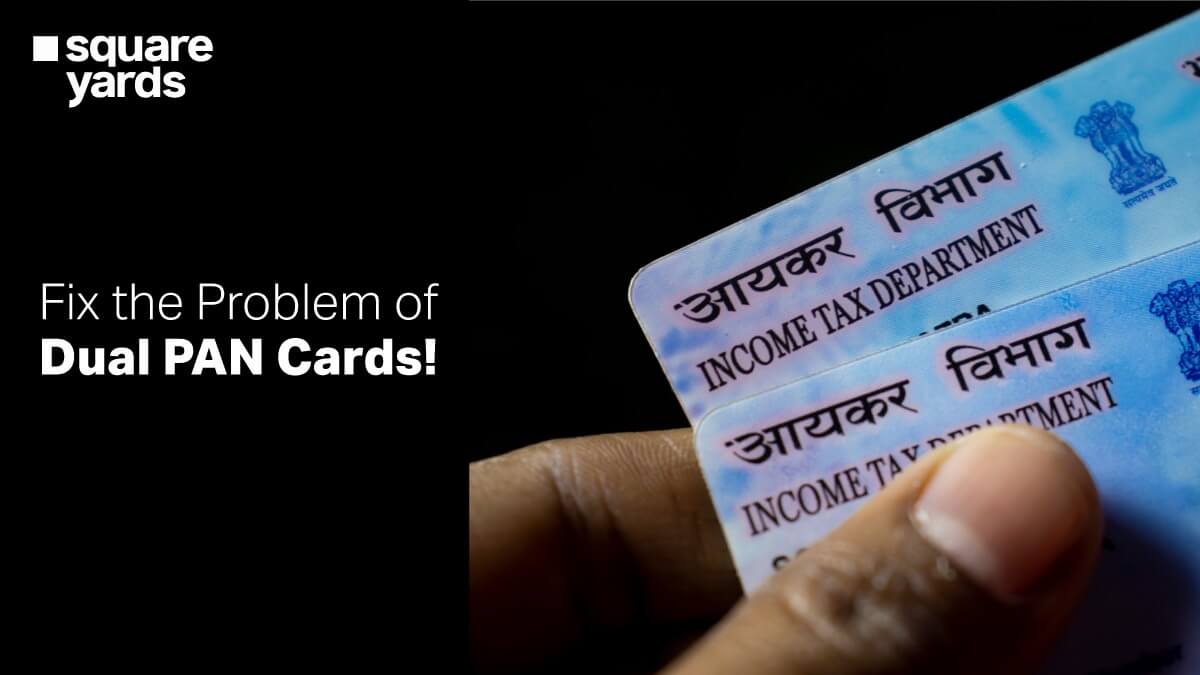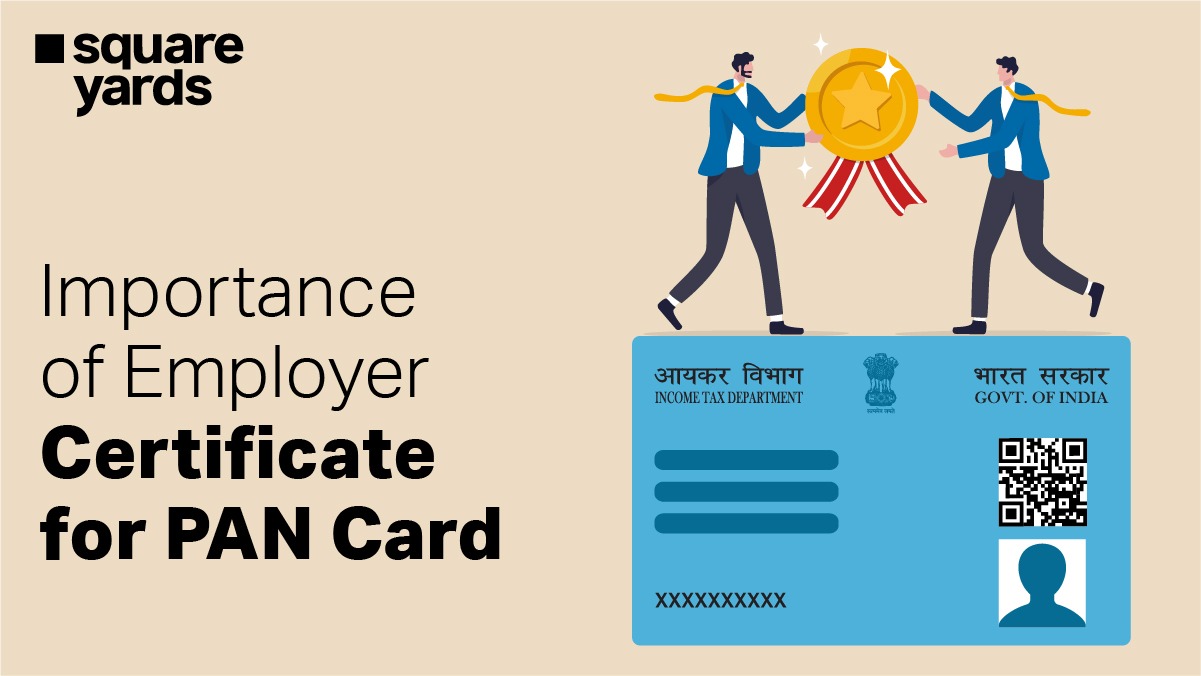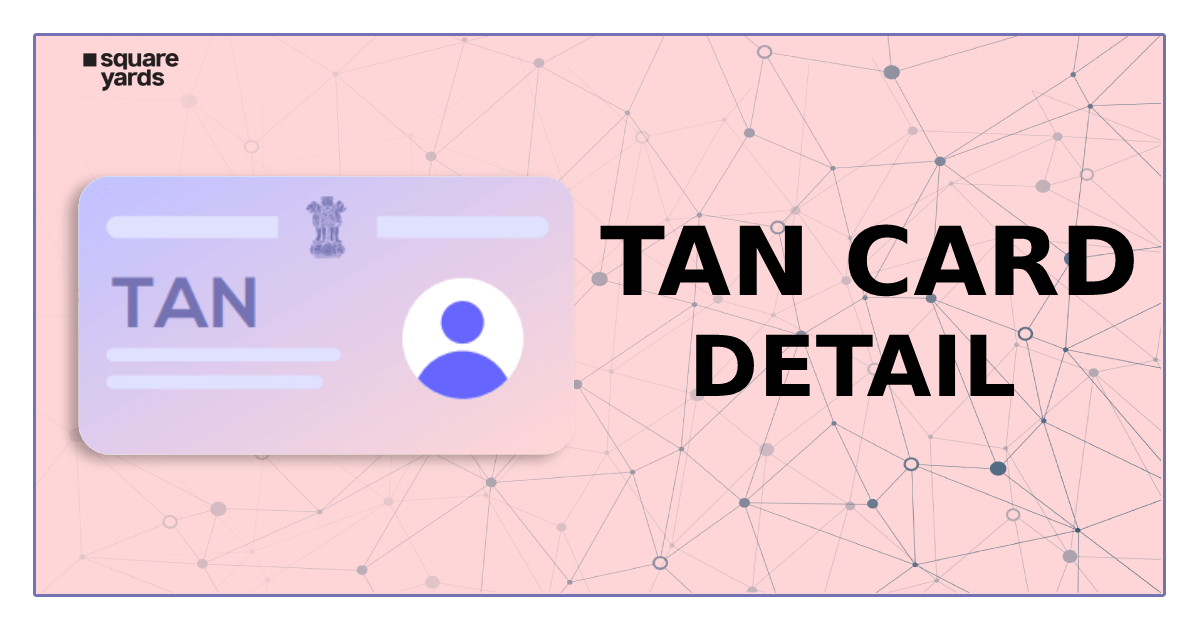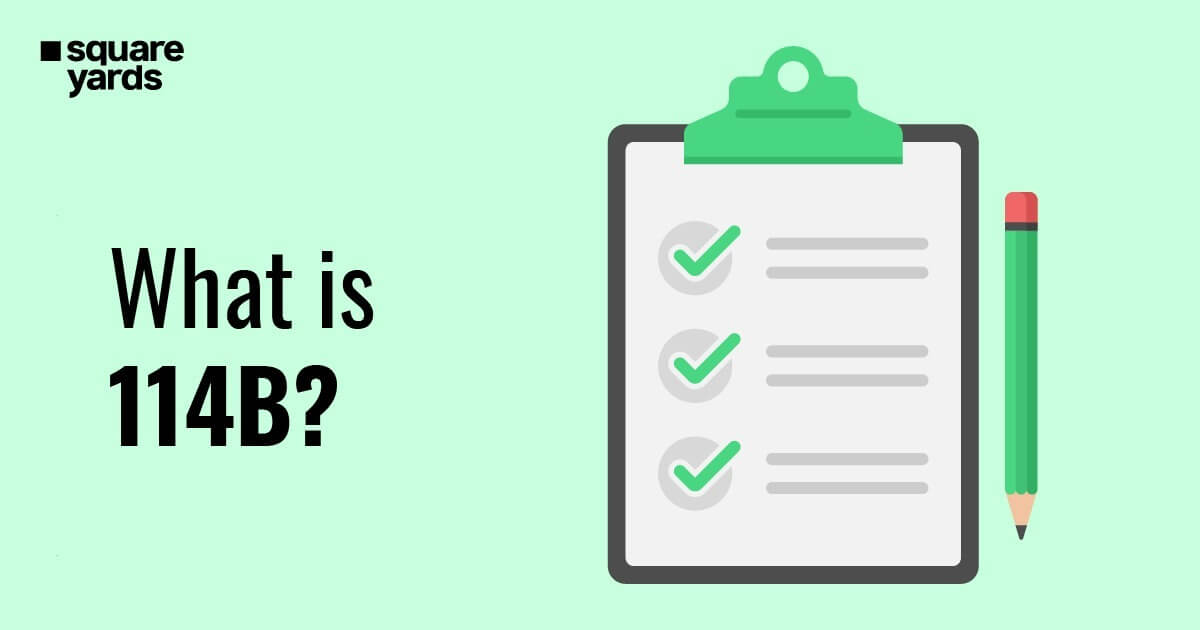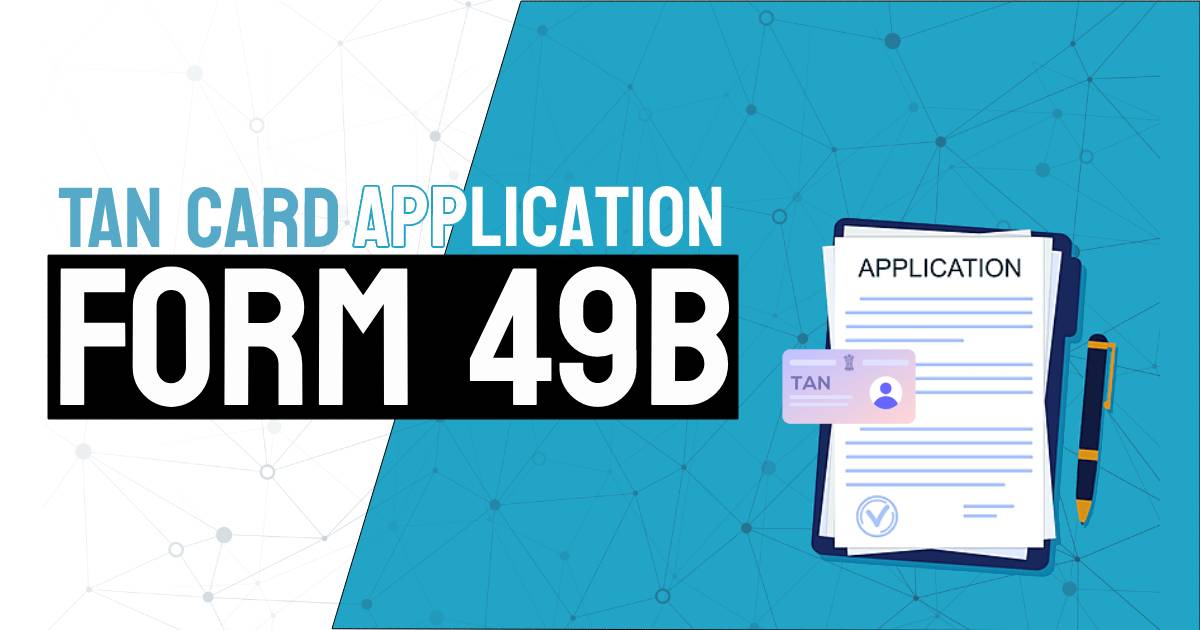Cost Inflation Index or CII is used to estimate inflation. Cost inflation consists of CPI also known as the Consumer Price Index for a particular year belonging to the urban directorial employees of the previous year. Normally capital assets prices increase in between the year of both purchase and sale, that is why normally the sale of a product tends to add profit for the owner.
Table of contents
- What is Cost Inflation Index?
- Cost Inflation Index Calculation
- Why is the Cost Inflation Index Calculated?
- Who Notifies the Cost Inflation Index (CII)?
- How is the Cost Inflation Index Used in Income Tax?
- Concept of the Base Year in the Cost Inflation Index
- Current Cost Inflation Index
- Why is the Base Year of the Cost Inflation Index Changed to 2001 from 1981?
- How is Indexation Benefit Applied to Long-term Capital Assets?
- How is the Cost Inflation Index Useful in Reducing Tax?
- Frequently Asked Questions (FAQs)
What is Cost Inflation Index?
Cost Inflation Index or CII is used for calculating capital gains prepared on a long-term basis that directly indicates dealing in sales of the assets. Any kind of transaction involves the user paying the relevant taxes on the same. To avoid paying a hefty amount of taxes, it is suggested to index the SP of products, this is done to show the value of the product concerning its current market value by taking into consideration inflation. n simple words, it involves the process being derived in such a manner that profit gained from the product comes out to be lower, which in turn also reduces or lowers the payable capital gains.
When an owner sells his assets, the purchase cost of the product is the indexed price of the acquisition. Therefore, the CII is the indexed cost of the purchased product. Cost Inflation Index is derived for a specific year which is set by the Government of India and the same is said to be issued before the ending of the fiscal year for tax calculation.
Cost Inflation Index Calculation
Cost Inflation Index normally indicates the index for the purchase cost of the product. The formula through which one can calculate the CII, same has been demonstrated below:
CII = CII for a particular year’s asset that was sold or was transferred / CII for a particular year’s asset that was acquired or was brought.
Where, CII is Cost Inflation Index
Example for Calculation of Cost Inflation Index
For instance, you bought a property for INR 40 lakhs in Feb 2001 and sold the same for INR 65 lakhs in Feb 2010. Therefore, the capital profit gain is INR 25 lakhs.
The Cost Inflation Index for the property for the particular year was purchased in 490 and the Cost Inflation Index for the property for a particular year was sold at 686.
Therefore, the CII = 686/490 = 1.40
When calculating the tax, the cost inflation index is normally multiplied by purchase cost so that it can be included in the index of acquisition. And the same comes out to be the original price of the product.
Indexed Cost Acquisition = 40,00,000 X 1.40 = INR 56,00,000
Now, the Long-term Capital Gain = Asset’s sale value – Index price of the acquisition
65,00,000 – 56,00,000 = INR 9,00,000
The tax liability is invoiced at 20%. Therefore, the tax liability = 20% X 9,00,000 = INR 1,80,000.
In case the user does not choose the option of Indexation, then the liability will be charged at 10% on a capital gain.
Therefore, Capital gain (for this case) sale cost of the property – the cost of the acquisition, which is equal to 65,00,000 – 40,00,000 = INR 25,00,000.
Capital tax on the other hand will be 10% X 25,00,000 = INR 2,50,000.
This is why when a user indexes, it helps the user to save the taxes by helping the user to adjust the purchasing cost of the property concerning the property’s market value.
Why is the Cost Inflation Index Calculated?
A Cost Inflation Index or CII is calculated to make the prices match the inflation charge. In other words, a rise seen in the price of inflation charge with time increases the cost.
Who Notifies the Cost Inflation Index (CII)?
The cost inflation index is notified by the central government of the country that is indicated in the gazette.
CII = 75% of the average increase in the cost of CPI X urban of the previous year
Where CII is the cost inflation index and CPI is referred to as Consumer Price Index.
Important Note: CPI helps in comparing the recent cost of goods & services that indicates the economy along with the price of goods & services of the previous year, which helps calculate the rise in the cost.
How is the Cost Inflation Index Used in Income Tax?
In the books of accounts, the long-termed capital assets are set down at their cost price. Although there is an increase in inflation, they continue to exist at its cost price & the value of the same can’t be revalued. Therefore, when these products are sold off the profit gained on such products tends to remain high as the products get sold at a higher value than that of the purchasing value, which also means a rise in the income tax.
Therefore, CII is infused for such capital assets so that the purchasing cost of the product increases. This results in the reduction of profits so that the taxpayers need to pay fewer taxes. The entire process is practised by helping the taxpayers and bringing them some kind of advantage, which is why such CII is applied for such capital assets, because of which the purchasing cost of the product also increases by witnessing lesser profits along with lesser taxes.
Concept of the Base Year in the Cost Inflation Index
Normally, a base year is referred to as the 1st year for CII and the value of the index is set at 100. The index value for every year is compared with a base year to check if there is an increase in the percentage of inflation. In case there is any kind of capital asset bought before a base year for CII, the taxpayer can then count the purchasing cost than the actual cost or as we term it ‘Fair Market Value’ considering it to be the first day of the start of a base year.
Current Cost Inflation Index
| Accounting Year | Cost Inflation Index |
| 2001 to 02 (Considered as the Base year) | 100 |
| 2002 to 2003 | 105 |
| 2003 to 2004 | 109 |
| 2004 to 2005 | 113 |
| 2005 to 2006 | 117 |
| 2006 to 2007 | 122 |
| 2007 to 2008 | 129 |
| 2008 to 2009 | 137 |
| 2009 to 2010 | 148 |
| 2010 to 2011 | 167 |
| 2011 to 2012 | 184 |
| 2012 to 2013 | 200 |
| 2013 to 2014 | 220 |
| 2014 to 2015 | 240 |
| 2015 to 2016 | 254 |
| 2016 to 2017 | 264 |
| 2017 to 2018 | 272 |
| 2018 to 2019 | 280 |
| 2019 to 2020 | 289 |
| 2020 to 2021 | 301 |
| 2021 to 2022 | 317 |
Why is the Base Year of the Cost Inflation Index Changed to 2001 from 1981?
In the start, 1981 to 1982 was the year bracket taken as a base year. After which, the taxpayers found it difficult to get their properties value that was bought before April 1981 and in return, the tax department also found it difficult to depend on the reports. Therefore, the decision was made to switch base year from 1981 to the year 2001. This came out to be beneficial for both the parties as the individuals could now value the property that was bought before 1981 and at the same time the tax department could now easily evaluate the property on a more accurate aspect. Therefore, now the individuals who bought the property before April 2001 can have high original cost or use the fair market value for the amount of their purchase price which in turn will benefit indexation.
How is Indexation Benefit Applied to Long-term Capital Assets?
The indexation benefit applied to long-term capital assets is claimed to be the ‘Cost of Acquisition’ also known as the purchasing cost of a product, it turns out to be ‘Indexed Cost of Acquisition’.
Therefore,
Indexed Cost of Acquisition = CII for Sale * Cost of the acquisition / Cost Inflation Index for 1st base year where the assets were with the owner or else base year as 2001 to 2002, considering any value that was issued later.
Indexed Cost of Improvement = CII for Sale * Cost of Improvement / Cost Inflation Index for that particular year where the improvement of the assets took place.
How is the Cost Inflation Index Useful in Reducing Tax?
The CII helps in saving a decent amount of tax levied on a long-term gain that you get through selling your product or asset. However, you must have realized now that the same does not function for short-termed capital products. Adding to which it is also important for you to be aware of the fact that such benefits or advantages are not for individuals that are residing out of the country.
Also, certain criteria are important for individuals to meet to get indexation on their long-term capital. These are listed as below:
- It is important that the cost of the acquisition of the product is multiplied by the cost of the inflation for the same year it got transferred.
- After which the individual needs to divide the value of CII for that particular year for the same year in which their asset got acquired.
- In case a user’s asset was bought before the year 1981, then the CII for the same year should be considered for the same.
- In case there is any kind of improvement seen in your product, then the user is supposed to adjust CII by multiplying the same with cost inflation index for the same year when the improvement in the asset was done.
You May Also Read:
Frequently Asked Questions (FAQs)
What is the Cost Inflation Index for the accounting year 2017-2018?
The Cost Inflation Index for the accounting year 2017 to 2018 is 272.
What is the Cost Inflation Index for the accounting year 2021-2022?
The Cost Inflation Index for the accounting year 2021 to 2022 is 317.
What is the Cost Inflation Index?
Cost Inflation Index or CII is used to estimate inflation. This measurement is normally used for calculating capital gains prepared on a long-term basis.
How to calculate the Cost Inflation Index?
Cost Inflation Index = CII for a particular year’s asset that was sold or was transferred / CII for a particular year’s asset that was acquired or was brought.
Is it important to calculate the Cost Inflation Index?
Yes, an owner needs to calculate the cost inflation index to make the prices match the inflation charge.


